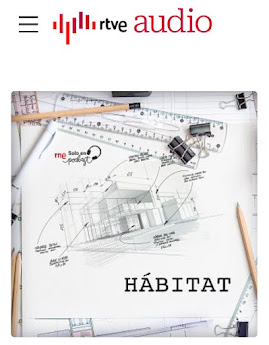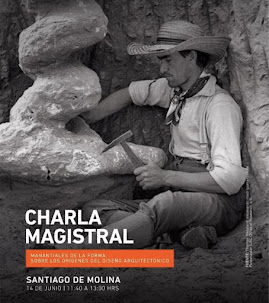Panofsky había reflexionado sobre lo mismo unos años antes, cuando preguntaba a sus alumnos: “¿Les resulta familiar la Alexandra de Licofrón?, ¿entienden el significado de Virgilius Maro Grammaticus?, ¿el de los estudios asirios de Hiob Ludolph?, ¿el Somnium de Kepler? Caballeros, ustedes tienen aún que descubrir el valor del conocimiento inútil” (1).
En una época en la que el esfuerzo aparentemente gratuito está condenado a desaparecer, debemos reivindicar el placer del esfuerzo deportivo e incansable por descubrir lo bueno entre la morralla. El ligero brillo de lo precioso entre la suciedad de la ganga. También en nuestro propio trabajo. La arquitectura que se conforma con lo manido, con lo que ya sabe, con lo que se aplaude o con lo que ya conoce, está condenada a no tocar el frágil tuétano de lo excelente. Y, sin embargo, solo ese ligerísimo momento justifica la existencia de una obra o incluso de una vida.
Borges, que de levedad y de brillo algo supo, cuenta que la existencia de un leopardo, miserablemente prisionero el resto de sus días, capaz de brindar una palabra a un poema de Dante. Ser la inspiración de la línea de un verso legado a la eternidad, entre los miles dispuestos para formar una constelación como es la Divina Comedia, justifica una vida. Arquitectos, no lo olvidemos.
(1) HECKSCHER, William S. “Erwin Panofsky: Un curriculum vitae”, en PANOFSKY, Erwin, Sobre el estilo. Tres ensayos inéditos, Paidos estética, Barcelona, 2000, pp. 206
Panofsky had reflected on the same idea years earlier, when he would ask his students: “Are you familiar with Lycophron's Alexandra? Do you understand the meaning of Virgilius Maro Grammaticus? Or the Assyrian studies of Hiob Ludolph? Or Kepler’s Somnium? Gentlemen, you have yet to discover the value of useless knowledge” (1).
In an age where seemingly pointless effort is doomed to disappear, we must reclaim the pleasure of the tireless, almost athletic pursuit of finding the good among the dross. The subtle gleam of something precious amid the filth of waste rock. This applies also to our own work. Architecture that settles for the stale, the already known, the applauded or the familiar, is doomed never to touch the fragile marrow of excellence. And yet, only that faintest moment justifies the existence of a work—or even of a life.
Borges, who knew a thing or two about lightness and brilliance, once wrote of the existence of a leopard, wretchedly imprisoned for the rest of its life, capable of offering a single word to a poem by Dante. To be the inspiration for one line of a verse entrusted to eternity, among the thousands arranged to form a constellation such as the Divine Comedy, justifies a life. Architects, let us not forget it.
















_-_left_hand_screen,%20imagen%20wikipedia.jpg)

































































































